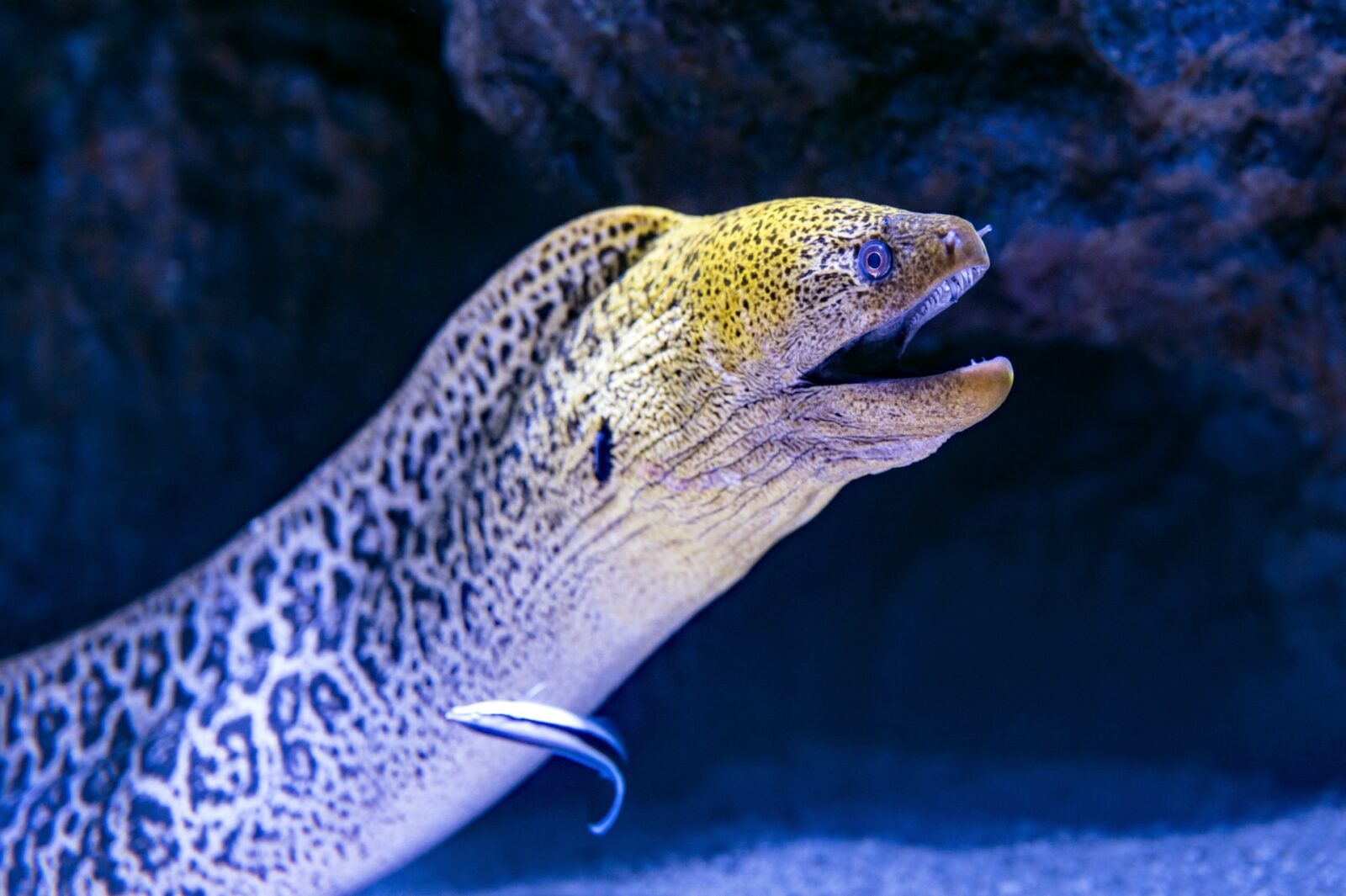It is a wonder that electric fish can achieve so much with the assistance of electric organs, which allow them to communicate with each other in a way that is analogous to bird singing. Research published in Science Advances shows how modest genetic alterations allowed electric fish to acquire electrical organs. As a result, researchers may now be able to identify the genetic abnormalities that cause certain human illnesses.
Evolution used a genetic oddity to create electric organs in fish. Small muscle motors termed sodium channels are produced by a single gene in all fish. Fish evolved electric tissues by turning off one copy of the sodium channel genes in musculature while enabling the other copy to be activated elsewhere. Muscle-contracting motors were reused to create electric impulses and voilà! Unexpectedly, the world gained a brand-new organ with just some mind-blowing powers.
Scientists have discovered a little piece of the sodium channel DNA that regulates whether or not the genes are active in a particular cell, as detailed in a recent publication. That this regulatory area is either changed or absent totally in electrified fish was validated by the researchers who conducted the study. That’s why electric fish have a mutated copy of one of their sodium channel genes. However, the ramifications extend well beyond the appearance of electrified fish in the future.
Africa & South America are home to the world’s only two populations of electric fish. There were alterations in the regulatory area in the electric fish from Africa, whereas the electric fish from South America had dropped it completely. To construct an electronic organ, two separate groups came to the same conclusion: removing sodium channel expression of genes from musculature.













Leave a Reply